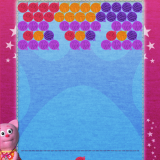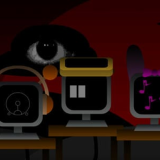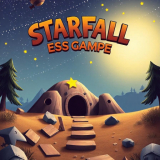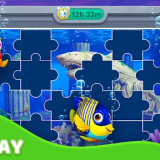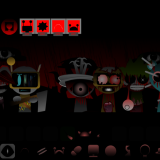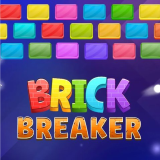DLSS stands for Deep Learning Super Sampling. It's a smart tech that makes games look better without slowing them down. Rumors say the Switch 2 might use DLSS. This could be a big deal for gaming.
What Exactly is DLSS?
DLSS is an Nvidia technology. It uses AI to boost game performance. Instead of rendering full resolution, it upscales lower resolution images. This reduces strain on hardware.
How DLSS Works
The system has two key parts: The system is made up of two main components:.
- A neural network which has learned from the use of thousands of game images.
- In Nvidia RTX GPUs which have special tensor cores.
Together we see that which is of high quality is produced from what is of lower resolution. The AI does the work of filling in the gaps.
DLSS Performance Benefits
Games with DLSS can run much smoother. Players often see:
- Higher frame rates
- Better image quality
- Less power consumption
Why DLSS Matters for Switch 2
The original Switch had limited hardware. This restricted game visuals and performance. DLSS could help the Switch 2 punch above its weight.
Potential Switch 2 Improvements
With DLSS, the Switch 2 might offer:
- 4K output when docked
- Longer battery life in portable mode
- Better textures and effects
Game Genre Impact
Different game types would benefit differently: Different games do better with different strategies:.
- RPG games could have more detailed worlds
- Action titles could maintain stable frame rates
- Adventure games could show better environmental details
DLSS Compared to Other Upscaling Tech
Several upscaling methods exist. DLSS is among the most advanced.
DLSS vs FSR
AMD's FSR doesn't use AI. It works on more hardware but often looks worse than DLSS.
DLSS vs TAA
Temporal Anti-Aliasing smooths edges but can blur images. DLSS often looks sharper.
Game Examples That Use DLSS Well
Many modern games use DLSS effectively:
- Cyberpunk 2077 (RPG)
- Call of Duty (Action)
- Forza Horizon (Racing)
How These Could Translate to Switch
The Switch 2 might run similar games. DLSS could make them playable where they weren't before.
Potential Limitations for Switch 2
DLSS isn't magic. The Switch 2 would still need:
- Enough GPU power for tensor cores
- Proper cooling
- Game developer support
Battery Life Considerations
Portable mode would still need balance. DLSS helps but can't remove all limits.
Community Reactions and Expectations
The gaming community has mixed views. Some believe in the hype. Others think DLSS alone won't make Switch 2 perfect.
Casual vs Hardcore Perspectives
Casual gamers might not notice. Multiplayer fans may care more about frame rates.
Future of DLSS in Handhelds
If Switch 2 uses DLSS well, others may follow. This could change portable gaming forever.
Long-Term Possibilities
Future devices might combine DLSS with:
- Better screens
- More efficient chips
- Advanced cooling
Conclusion
DLSS is powerful tech. It could help Switch 2 run better games. The AI upscaling might allow higher resolutions and smoother gameplay. But it has limits. The Switch 2 would still need good hardware. If done right, DLSS could indeed be a secret weapon.
FAQs
1. What does DLSS stand for?
DLSS is of the deep learning super sampling variety. It’s Nvidia’s AI based upscaling technology.
2. Does DLSS improve graphics?
Yes. DLSS is to present games with sharpness which also at the same time improves performance.
3. Will Switch 2 definitely have DLSS?
Nintendo hasn’t confirmed but reports and leaks point to the fact that it is a possibility.
4. Can DLSS work in portable mode?
If Switch 2 has what is required for DLSS to function then it may be used for both docked and portable.
5. Do all games support DLSS?
No. Developers need to add DLSS support to their games.
#DLSS #Switch2 #GamingTech #Nintendo #AIUpscaling
- First important point about the content
- Second point with detailed explanation
- Another noteworthy detail
- Final concluding thought







